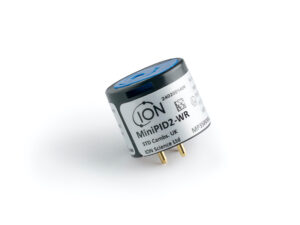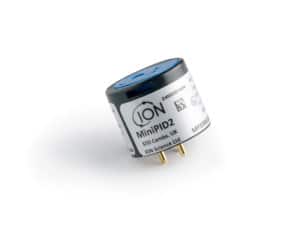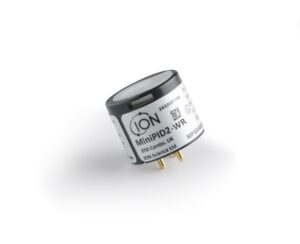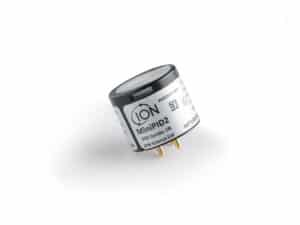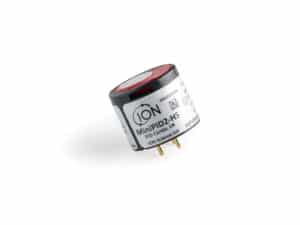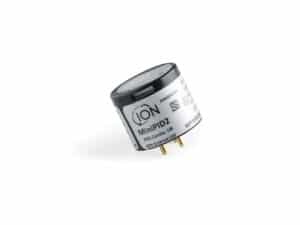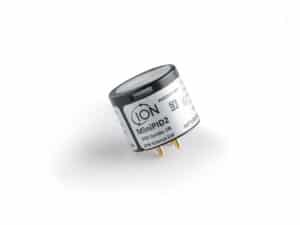
ION Science MiniPID 2 Sensor Guide
Our sensors are designed for use across a wide number of industries and applications, wherever you have a need to detect gases and vapours.
Why use a VOC sensor?
VOCs are a wide range of naturally and synthetically occurring chemicals which are found almost everywhere. They are described as volatile because they evaporate at temperatures found on Earth, releasing molecules into the atmosphere. VOCs are extremely useful for mankind, they form the building blocks of many synthetic materials (plastics, rubbers, glues, paints etc.), used to create pharmaceuticals and are a great fuel for transport and heating.
Why use photo-ionisation detection (PID)?
VOCs can be measured in air using a variety of principles; however, some are cross sensitive to common atmospheric gasses including CO2, CO, SOx, NOx and water vapour at ppb levels. PID is not sensitive to these and is recognised as the most accurate method for VOC detection. The key advantage of the ION Science PID sensor is its world leading humidity resistance and long-term stability. In addition, it offers the best temperature stability on the market.
Principle of PID
Photoionisation is produced by the absorption of a high energy photon by a molecule. If the energy of the photon is greater than the ionisation energy of the molecule it will be ionised. Ions are detected at a pair of electrodes where changing current is proportion to concentration.
The figure below shows how an ION PID sensor works. A miniature UV lamp generates high energy photons, which pass through the lamp window into the ionisation/detection chamber. Sample gas diffuses through a membrane on the opposite side.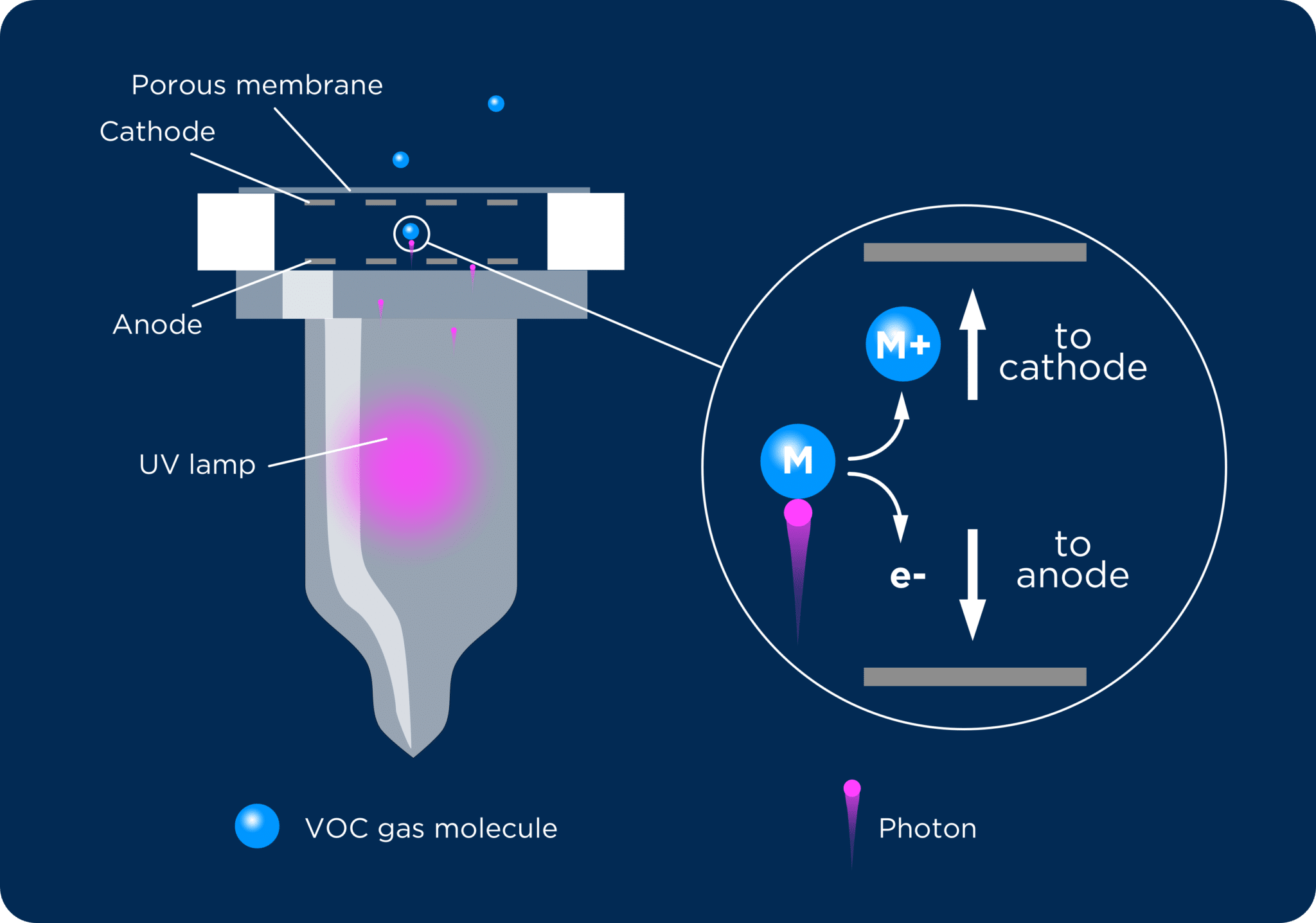
Download our brand new MiniPID Sensor Guide HERE or simply view our range of MiniPID 2 Gas Sensors below and located this brochure within the downloads section under brochures.
- MiniPID 2 PPM WR
- MiniPID 2 PPM
- MiniPID 2 PPB WR
- MiniPID 2 PPB
- MiniPID 2 HS
- MiniPID 2 10.0 eV
- MiniPID 2 11.7 eV
For any further question or product enquiries please contact; sensors@ionscience.com
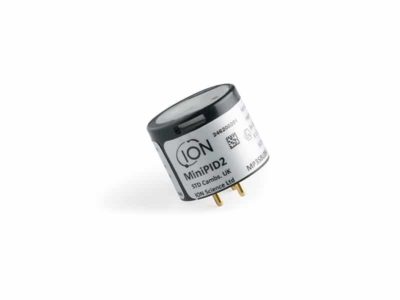
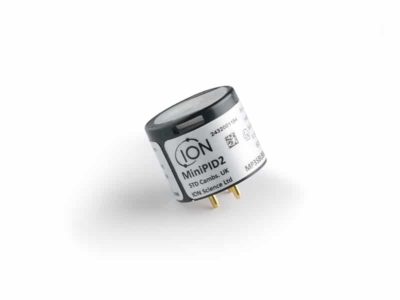
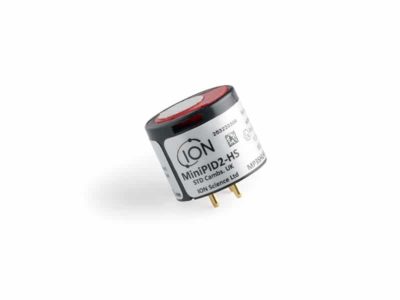
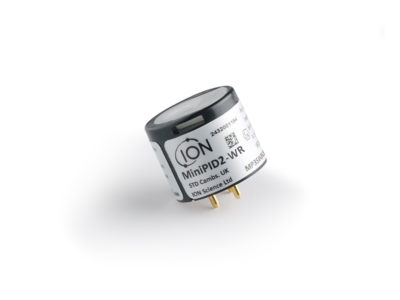
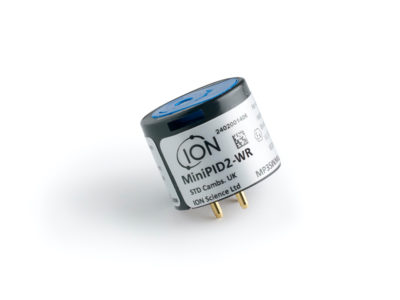
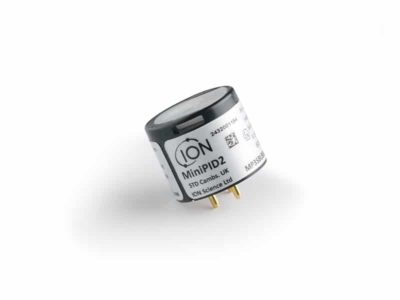

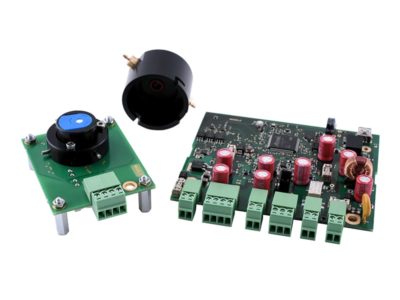




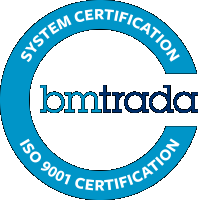
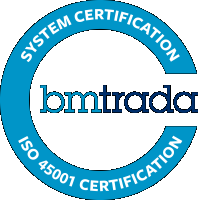
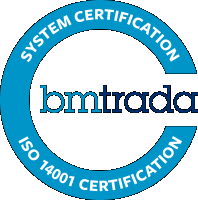
 United Kingdom
United Kingdom